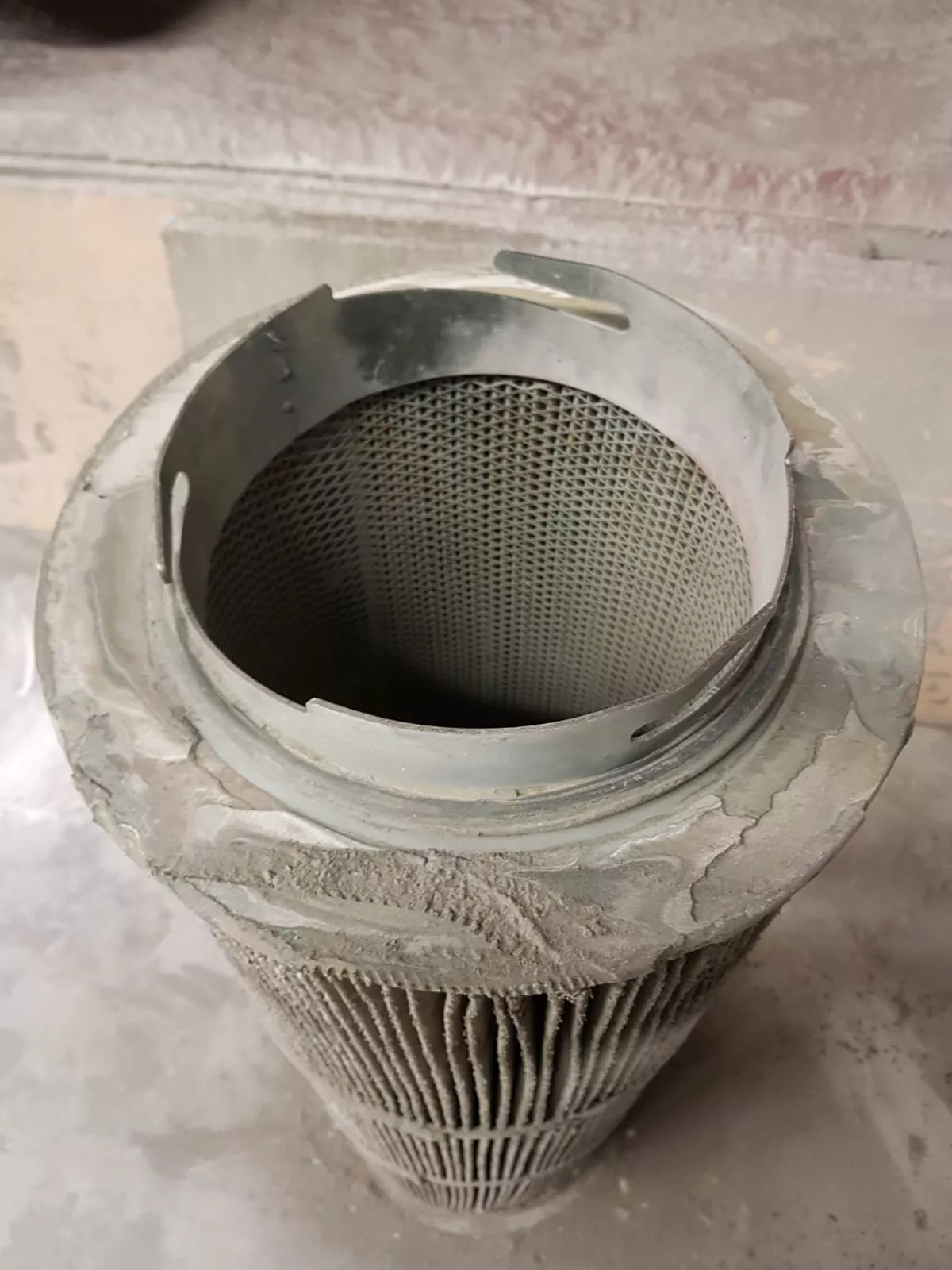 En savoir plus
En savoir plus
20 November 2024
The Importance of Filter Cartridges Replacement in Dust Collection Systems
Lire plus

Table of Contents
In today’s environmental and health context, the terms PTFE and PFAS are increasingly mentioned. These chemical substances are ubiquitous in our daily lives yet remain little known to the general public. This article aims to explain what PTFE and PFAS are, their uses, potential risks, and solutions to minimize their impact.
Polytetrafluoroethylene (PTFE) is a synthetic polymer discovered in 1938, best known under the brand name Teflon™. Renowned for its non-stick properties, it is used in various industries:
When you use a non-stick frying pan, the surface is often coated with PTFE, preventing food from sticking and making cleaning easier.
While PTFE itself is considered stable and inert, its manufacturing process often involves compounds from the PFAS family.
Per- and polyfluoroalkyl substances (PFAS) comprise over 4,700 chemical compounds. Known as “forever chemicals” due to their persistence in the environment, PFAS are used for their resistance to heat, water, and grease.
PFAS are associated with several health issues:
These substances are also found in soils, groundwater, and living organisms, causing widespread contamination.
The production of PTFE often requires PFAS-based precursors, particularly PFOA (perfluorooctanoic acid), whose use has been restricted in many countries. Despite regulations, some PFAS-derived alternatives are still in use.
During PTFE manufacturing or degradation, PFAS emissions can occur, contaminating air, water, and soil. Although domestic use of PTFE is generally safe at moderate temperatures, overheating (above 260°C) can release toxic fumes.
At Tech-Alp, environmental safety and user health are top priorities. That’s why extensive testing has been conducted on all our PTFE-based products, including dental floss, filtration membranes, and technical fabrics. These tests were performed by independent laboratories following rigorous international standards.
Analyses revealed that no detectable PFAS were present in our products, ensuring environmentally friendly solutions that are safe for consumers.
Below is the comprehensive list of the 64 PFAS tested on Tech-Alp products, all of which were non-detectable:
| Substance | Full Name | CAS No. | Result | Detection Limit |
|---|---|---|---|---|
| PFOS | Perfluorooctanesulfonic acid | 1763-23-1 | N.D. | 0.010 mg/kg |
| PFOA | Perfluorooctanoic Acid | 335-67-1 | N.D. | 0.010 mg/kg |
| PFHxA | Perfluorohexanoic acid | 307-24-4 | N.D. | 0.010 mg/kg |
| PFBS | Perfluorobutane sulfonic acid | 375-73-5 | N.D. | 0.010 mg/kg |
| PFNA | Perfluorononanoic acid | 375-95-1 | N.D. | 0.010 mg/kg |
| PFDA | Perfluorodecanoic acid | 335-76-2 | N.D. | 0.010 mg/kg |
| PFUnDA | Perfluoroundecanoic acid | 2058-94-8 | N.D. | 0.010 mg/kg |
| PFDoDA | Perfluorododecanoic acid | 307-55-1 | N.D. | 0.010 mg/kg |
| PFTrDA | Perfluorotridecanoic acid | 72629-94-8 | N.D. | 0.010 mg/kg |
| PFTeDA | Perfluorotetradecanoic acid | 376-06-7 | N.D. | 0.010 mg/kg |
| PFHxS | Perfluorohexanesulfonic acid | 355-46-4 | N.D. | 0.010 mg/kg |
| PFHpA | Perfluoroheptanoic acid | 375-85-9 | N.D. | 0.010 mg/kg |
| PFPeA | Perfluoropentanoic acid | 2706-90-3 | N.D. | 0.010 mg/kg |
| PFBA | Perfluorobutanoic acid | 375-22-4 | N.D. | 0.010 mg/kg |
| PFHxDA | Perfluoropalmitic acid | 67905-19-5 | N.D. | 0.010 mg/kg |
| PFODA | Perfluorooctadecanoic acid | 16517-11-6 | N.D. | 0.010 mg/kg |
| PFTrDS | Perfluorotridecanesulfonic acid | 791563-89-8 | N.D. | 0.010 mg/kg |
| PFPe | 1-Pentanesulfonic acid | 2706-91-4 | N.D. | 0.010 mg/kg |
| PFDS | Henicosafluorodecanesulphonic acid | 335-77-3 | N.D. | 0.010 mg/kg |
| Me-PFOA | Methyl perfluorooctanoate | 376-27-2 | N.D. | 0.010 mg/kg |
| Et-PFOA | Ethyl perfluorooctanoate | 3108-24-5 | N.D. | 0.010 mg/kg |
| N-Me-FOSA | N-Methylperfluoro-1-octanesulfonamide | 31506-32-8 | N.D. | 0.050 mg/kg |
| N-Et-FOSA | N-Ethylperfluoro-1-octanesulfonamide | 4151-50-2 | N.D. | 0.050 mg/kg |
| N-Et-FOSE | 2-(N-Ethylperfluoro-1-octanesulfonamido)-ethanol | 1691-99-2 | N.D. | 0.050 mg/kg |
| N-Me-FOSE | 2-(N-Methylperfluoro-1-octanesulfonamido)-ethanol | 24448-09-7 | N.D. | 0.050 mg/kg |
| PFOI | Perfluorooctyl iodide | 507-63-1 | N.D. | 0.500 mg/kg |
| PFDoI | Perfluorododecyl iodide | 307-60-8 | N.D. | 0.500 mg/kg |
| PFUnS | Perfluoroundecanesulfonic acid | 749786-16-1 | N.D. | 0.010 mg/kg |
| PFNS | Perfluorononane sulfonic acid | 68259-12-1 | N.D. | 0.010 mg/kg |
Note: “N.D.” stands for “Not Detected” within the method’s detection limits.
PTFE and PFAS are widespread compounds that raise significant public health and environmental concerns. Tech-Alp is committed to providing PTFE products free from detectable PFAS, ensuring safe and sustainable solutions for its clients.
This article aims to raise public awareness about persistent chemical substances and promote responsible solutions.
 En savoir plus
En savoir plus
20 November 2024
Lire plus
